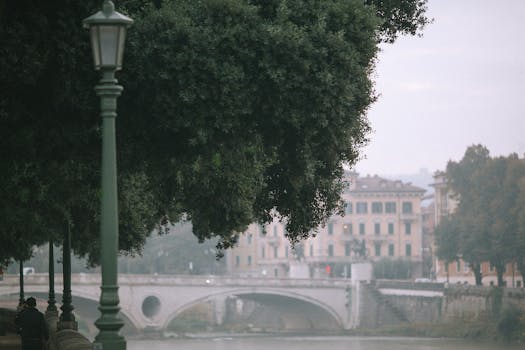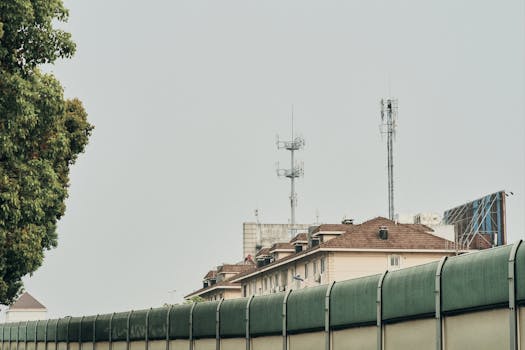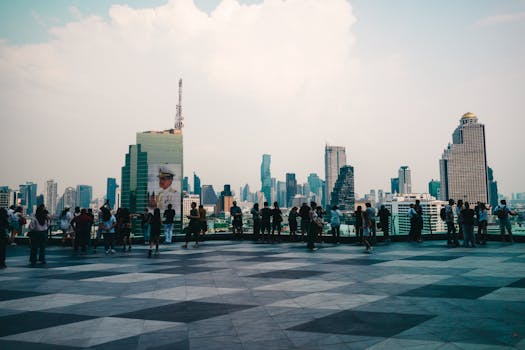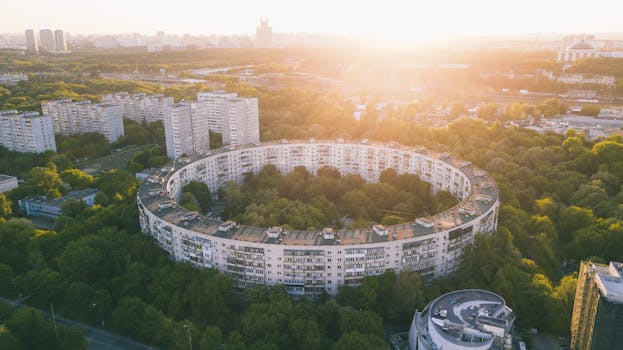
Urban Green Spaces: The Future of Outdoor Living in European Cities by 2025
Urban Green Spaces are becoming increasingly popular in European cities, and for good reason. These spaces provide a tranquil oasis in the midst of bustling cities, offering numerous benefits for both residents and the environment. As we look to the future, it’s clear that urban green spaces will play a vital role in shaping the way we live, work, and interact with our surroundings.
Introduction to Urban Green Spaces

Urban green spaces refer to any area in a city that is covered with vegetation, such as parks, gardens, green roofs, and urban forests. These spaces can range in size from small gardens to large parks, and can be found in both public and private areas. The importance of urban green spaces cannot be overstated, as they provide a wide range of benefits, including improved air quality, reduced noise pollution, and increased biodiversity.
Benefits of Urban Green Spaces

Urban green spaces offer numerous benefits for both residents and the environment. Some of the most significant advantages include:
- Improved air quality: Urban green spaces help to remove pollutants from the air, improving the overall air quality and making cities healthier places to live.
- Reduced noise pollution: The vegetation in urban green spaces acts as a natural sound barrier, reducing noise pollution and creating a more peaceful environment.
- Increased biodiversity: Urban green spaces provide a habitat for a wide range of plants and animals, increasing biodiversity and helping to support local ecosystems.
- Improved mental health: Spending time in urban green spaces has been shown to have a positive impact on mental health, reducing stress and anxiety and improving overall well-being.
- Climate change mitigation: Urban green spaces can help to mitigate the effects of climate change by reducing the urban heat island effect, managing stormwater runoff, and sequestering carbon dioxide.
Challenges and Opportunities

Despite the many benefits of urban green spaces, there are also several challenges and opportunities that must be addressed. Some of the most significant include:
- Access and equity: Urban green spaces are not always accessible to all members of the community, with some areas having limited or no access to green spaces.
- Maintenance and management: Urban green spaces require regular maintenance and management to ensure they remain healthy and functional.
- Climate change: Urban green spaces must be designed and managed to be resilient to the impacts of climate change, such as increased temperatures and changing precipitation patterns.
- Urbanization: As cities continue to grow and urbanize, there is a risk that urban green spaces will be lost or degraded, highlighting the need for careful planning and management.
Case Studies and Examples

There are many examples of successful urban green spaces in European cities, each with its own unique character and benefits. Some of the most notable include:
- The High Line in New York City: An elevated park built on an old rail line, providing a unique and innovative green space in the heart of the city.
- The Park Güell in Barcelona: A famous park designed by Antoni Gaudí, featuring stunning architecture and beautiful gardens.
- The Prater in Vienna: A large public park that has been in operation since the 18th century, offering a range of recreational activities and events.
Conclusion

Urban Green Spaces are a vital component of sustainable and livable cities, offering numerous benefits for both residents and the environment. As we look to the future, it’s clear that these spaces will play an increasingly important role in shaping the way we live, work, and interact with our surroundings. By prioritizing the creation and maintenance of urban green spaces, we can create healthier, more sustainable, and more resilient cities for generations to come.






